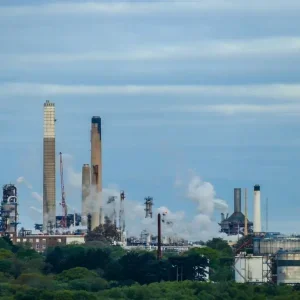
While VNG holds 30% stake in Fenja, the other licensees include Point and Faroe Petroleum with 45% and 25% stake, respectively.
Under the development plan, the companies will develop two deposits –Pil and Bue-which were discovered in 2014.
VNG, which is the operator of the field, said that the plan is to produce the discoveries to the Njord A facility, about 35 kilometres north of Fenja.
The field is estimated to have recoverable reserves of about 15.5 millions standard cubic meters of oil (97 million barrels).
The Fenja field development will include three horizontal production wells—one gas injector well and two water injector wells.
The well will be tied back to the Njord A floating production facility for processing and export via the Njord B floating storage and offloading vessel (FSO).
VNG Norge managing director Atle Sonesen said: “The partnership has shown commitment when, just over three years since the discoveries were made, we are able to deliver a development plan for an economic project based on a good area solution and cooperation with the suppliers.
“Although this is the first development operatorship for VNG Norge, we have built a strong and experienced development team and are well prepared for execution. Compared to the initial plans, we have managed to reduce the cost of the project by almost NOK 2 billion.”
The Fenja development plan is subject to approval from Norwegian authorities.
TechnipFMC has secured an integrated Engineering, Procurement, Construction and Installation (iEPCI) contract from VNG Norge for the Fenja project.
Under the contract, TechnipFMC will deliver subsea equipment including umbilicals, risers, flowlines and the subsea production system for the project.
Image: Fenja will be developed with subsea facilities tied in to the Njord platform. Photo courtesy of VNG Norge.






